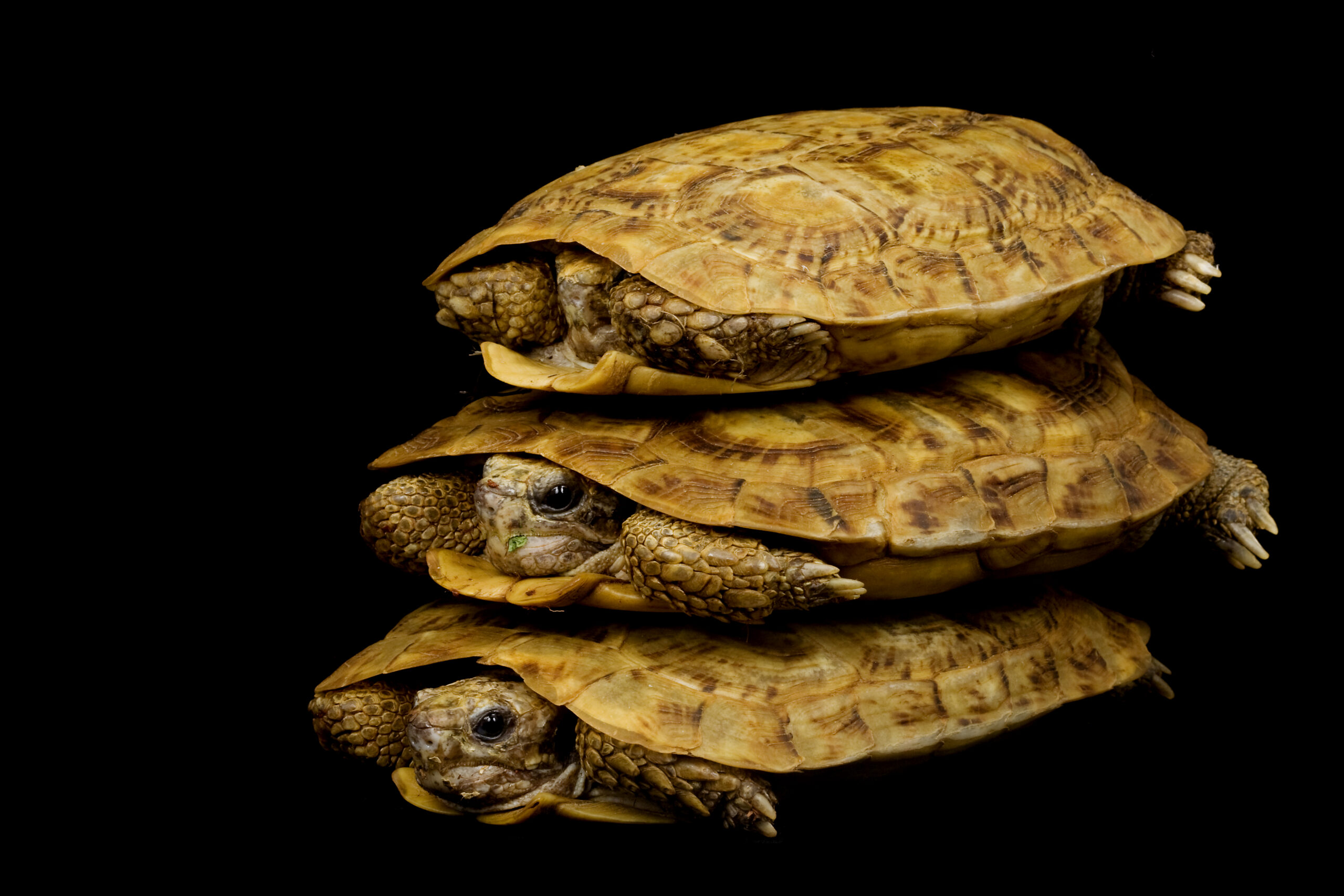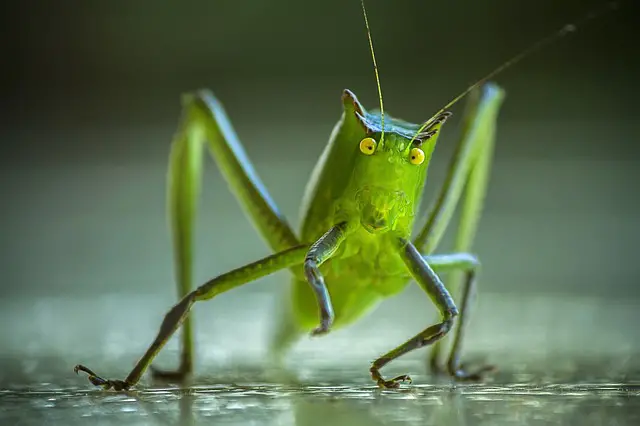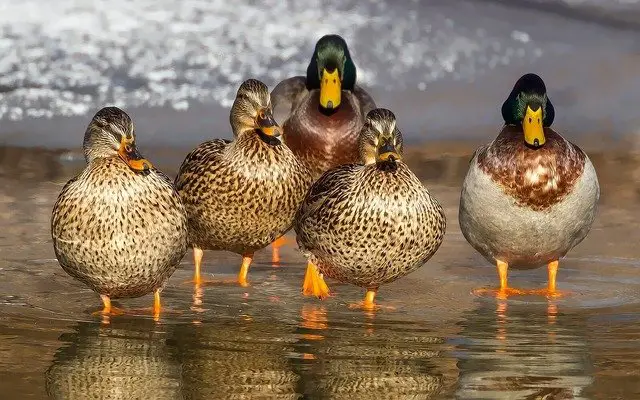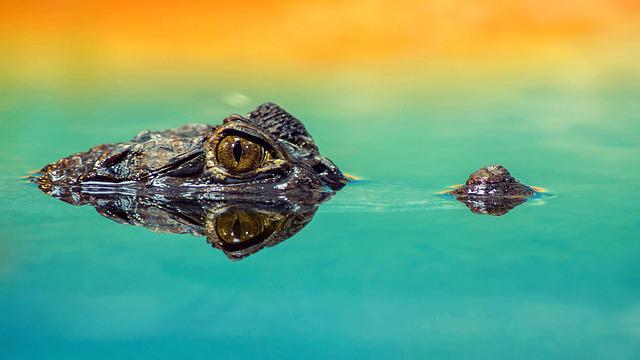If you have recently become the owner of a pancake tortoise, then congratulations! This unique animal is sure to bring you hours of enjoyment. However, like all animals, this tortoise requires special care to thrive. This guide will discuss taking care of your pancake tortoise and ensuring they live a long and healthy life.
What do I need to take care of a pancake tortoise?
As any pet owner knows, taking care of a pancake tortoise requires a lot of time and effort. Here is a numbered list of things you will need to do to keep your tortoise healthy and happy:
1. Give your tortoise plenty of space to roam. Pancake tortoises are active creatures that need plenty of space to move around. A 20-gallon tank is suitable for one adult, but larger enclosures will be necessary if you have more than one tortoise or if you plan to breed them.
2. Provide a warm, dry environment. Pancake tortoises come from Africa, so they prefer warm, dry conditions. A basking spot should be provided for your tortoise to sun itself, and the temperature in the enclosure should be kept between 75 and 85 degrees Fahrenheit during the day. At night, the temperature can drop to 65 degrees.
3. Offer a variety of food. In the wild, pancake tortoises eat a variety of plants and insects. To mimic their natural diet, you should offer a variety of dark leafy greens, vegetables, and protein sources such as crickets or mealworms.
4. Clean the enclosure regularly. Pancake tortoises are messy eaters, so their enclosures must be cleaned periodically. Remove uneaten food and waste daily, and do a deep clean of the enclosure weekly.
5. Handle your tortoise with care. Like all reptiles, pancake tortoises can carry Salmonella bacteria on their skin and mouths.
Always wash your hands thoroughly after handling your tortoise or cleaning its enclosure, and avoid touching your face while you are taking it. If you have young children in your home, finding another pet for them to interact with is best since small children are more likely to put their hands in their mouths after handling reptiles.
How often do I need to feed my pancake tortoise, and what should I feed it?
Pancake tortoises are generally omnivorous, meaning they will consume both vegetation and animal matter.
Their diet consists mainly of grasses, herbs, and other leafy greens in the wild. However, they will also eat small invertebrates, carrion, and even the occasional piece of fruit or flower.
In captivity, providing a diet similar to their natural diet is essential. This can be accomplished by offering a variety of fresh greens and vegetables, along with some protein in the form of insects or meat.
Pancake tortoises should be fed once or twice daily, depending on their age and activity level. Juveniles and active adults will generally need more food than sedentary adults.
It is also essential to offer a calcium supplement to help ensure proper shell development.
What kind of habitat should I create for my pancake tortoise?
When creating a habitat for your pancake tortoise, it is essential to provide ample enough space for the animal to move around freely.
The enclosure should also have a variety of hiding places and sunny and shaded areas. Regarding substrate, a layer of sand or soil mixed with organic matter such as peat moss is ideal.
This will help maintain appropriate humidity levels and prevent mold or mildew growth.
Additionally, providing a shallow water dish for your tortoise to drink from and soak in is essential. Following these guidelines can create a comfortable and safe habitat for your pancake tortoise.
How can I tell if my pancake tortoise is sick or injured, and how do I treat it?
One of the most common questions reptile owners have is how to tell if their pet is sick or injured.
With pancake tortoises, there are a few key things to look for.
If your tortoise is lazy or has lost its appetite, this could be a sign that something is wrong.
Additionally, if you notice any changes in urination or defecation habits, this could indicate a problem.
If you suspect your tortoise is sick or injured, the best action is to take it to a veterinarian specializing in reptiles.
They can give you a definitive diagnosis and recommend the best course of treatment. In the meantime, you can provide your tortoise with warmth and plenty of water to drink.
These simple steps can help your tortoise stay healthy and happy for years to come.









